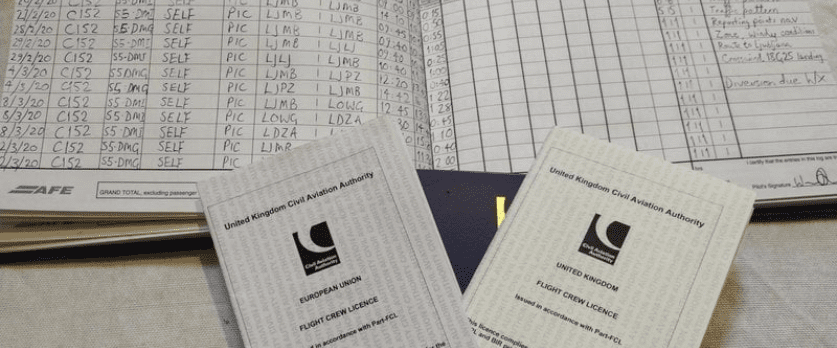Obtaining a European Union Aviation Safety Agency (EASA) Aircraft Maintenance Engineer (AME) license in India involves several steps. Here’s a general overview of the process:
Eligibility Criteria
Ensure you meet the eligibility criteria set by EASA. This typically includes a minimum age requirement, educational qualifications, and relevant work experience in the aviation industry.
Select an EASA Part-147 Approved Maintenance Training Organization (MTO)
Choose a training organization in India that is EASA Part-147 approved. This approval ensures that the training meets the standards set by EASA.
Complete Basic Training
Enroll in and complete the basic training program for the specific category of aircraft (e.g., B1 for mechanical systems, B2 for avionics). This training is usually divided into theoretical and practical elements.
Gain Practical Experience
Acquire the required practical experience by working in the aviation industry under the supervision of a certified organization. The amount of experience required depends on the specific category and subcategory of the license.
Apply for EASA Exams
Prepare for and take the EASA exams related to your chosen category. These exams typically include both written and practical assessments.
Submit License Application
After successfully completing the required training and exams, submit your license application to the relevant aviation authority in India. In India, the Directorate General of Civil Aviation (DGCA) is the regulatory body overseeing aviation.
DGCA Verification
The DGCA will review your application and verify that you meet all the requirements. If everything is in order, they will issue you an EASA AME license.
Keep the License Current
Once you have obtained your EASA AME license, it’s essential to keep it current by fulfilling any ongoing requirements, such as continuing education and periodic assessments.
To become an aircraft maintenance engineer you may could join AME engineering through AME COMMON ENTRANCE EXAM (AME CEE) this examination you may join AME engineering approved by DGCA, EASA or UGC.


